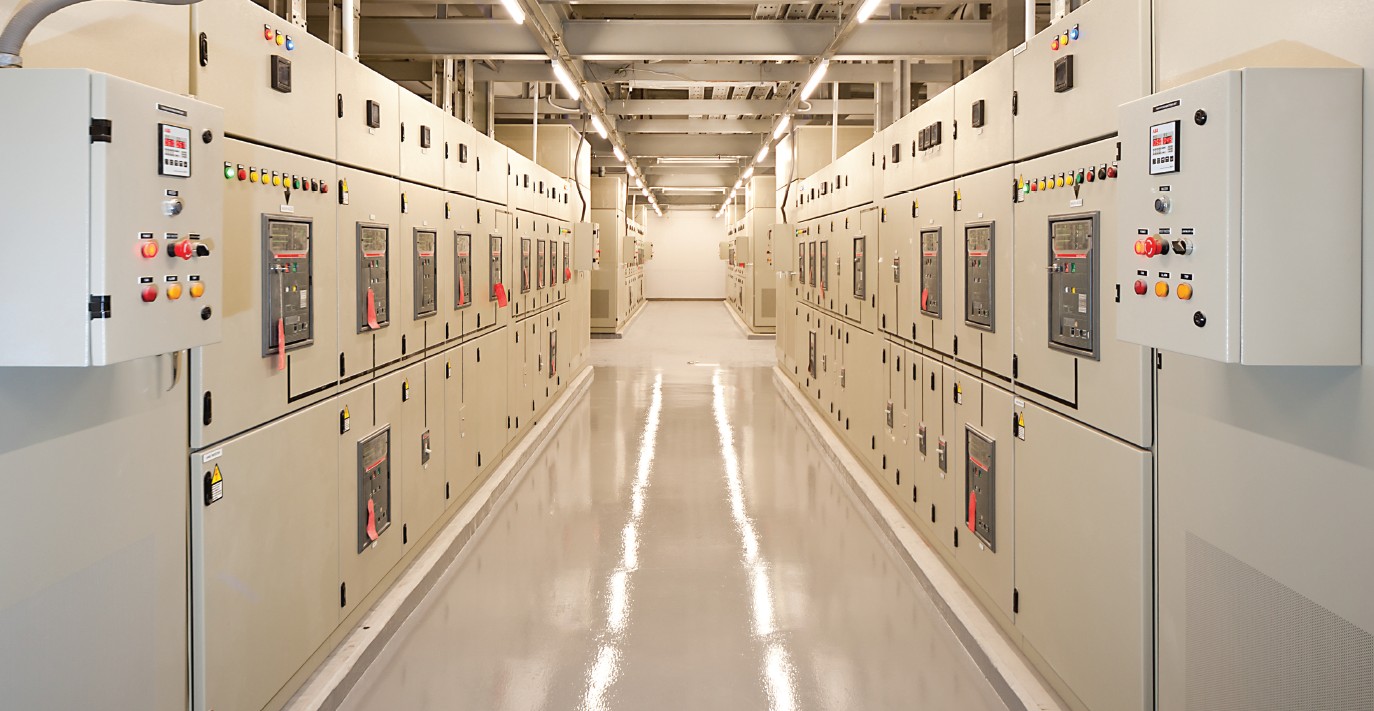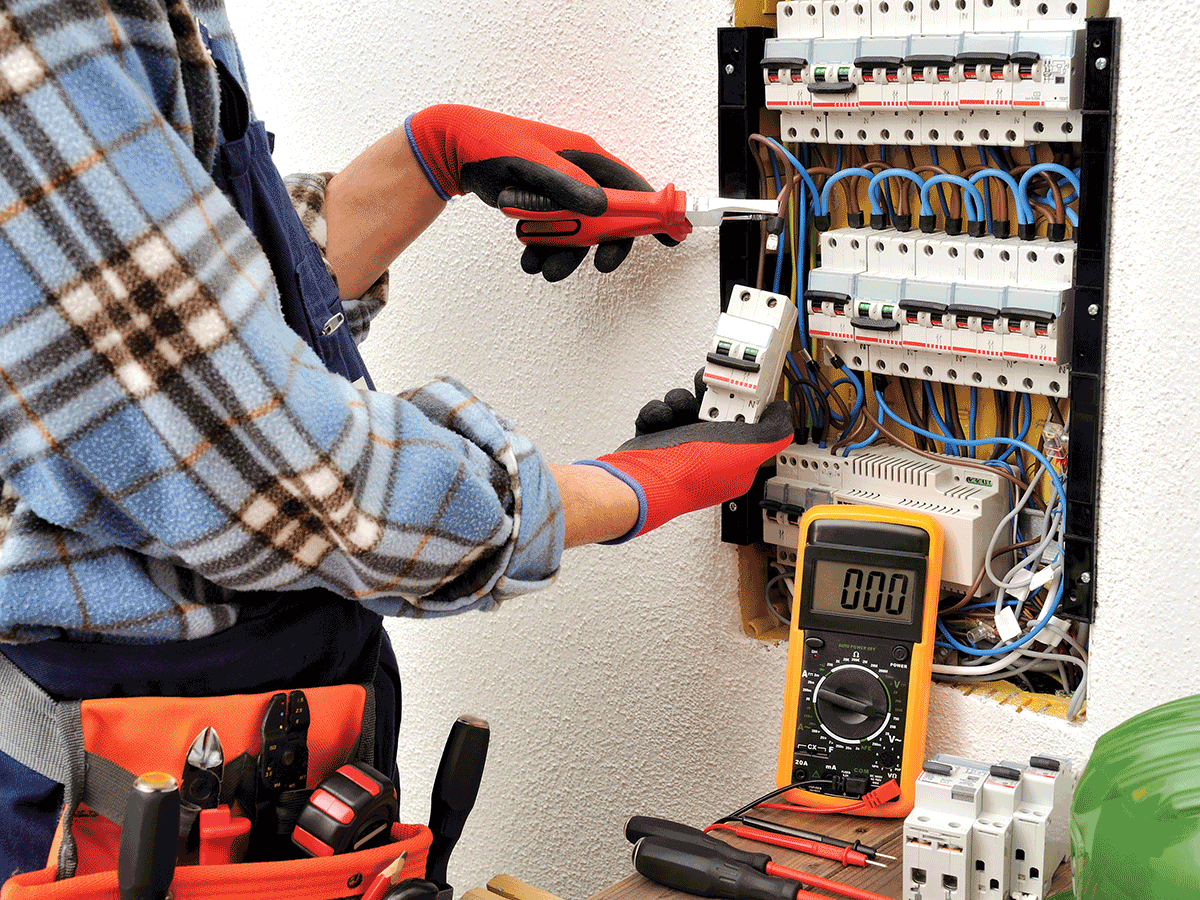The users of the CE Code, Part I are very comfortable with the existing provision of Rule 14-012 of the Code and have no problem in complying with this Code requirement at the design and installation stage, as it mandates a selection of control and protective devices with electrical characteristics/ratings compatible with the conditions of design and installation in respect to the employed voltage and to the available currents required to be interrupted.
Paragraph 14-012(a) explains that the equipment required to interrupt fault currents must be selected with the short circuit rating sufficient for such available fault currents.
Paragraph 14-012(b) emphasizes a need for such equipment to be also selected with the rating sufficient to interrupt currents other than the fault currents (i.e., overcurrent or load current).
Rule 14-012 states the following:
“14-012 Ratings of protective and control equipment (see Appendix B)
In circuits of 750 V and less,
(a) electrical equipment required to interrupt fault currents shall have ratings sufficient for the voltage employed and for the fault current that is available at the terminals; and
(b) electrical equipment required to interrupt current at other than fault levels shall have ratings sufficient for the voltage employed and for the current it must interrupt”.
This Rule is the logical continuation of Rule 14-010 which sets fundamental criteria for operation of protective and control devices as follows.
“14-010 Protective and control devices required Electrical apparatus and ungrounded conductors shall, except as otherwise provided for in this Section or in other Sections dealing with specific equipment, be provided with
(a) devices for the purpose of automatically opening the electrical circuit thereto,
(i) if the current reaches a value that will produce a dangerous temperature in the apparatus or conductor; and
(ii) in the event of a ground fault, in accordance with Rule 14-102;
(b) manually operable control devices that will safely disconnect all ungrounded conductors of the circuit at
the point of supply simultaneously, except for multi-wire branch circuits that supply only fixed lighting loads or non-split receptacles, and that have each lighting load or receptacle connected to the neutral and one ungrounded conductor; and
(c) devices that, when necessary, will open the electrical circuit thereto in the event of failure of voltage in such a circuit”.
Every electrical designer or electrical contractor selects the protective and control devices with necessary ratings to accommodate the available load current, overcurrent or fault current calculated in accordance with the CE Code at each portion of installation and to accommodate the voltage employed in the distribution system.
However, 2015 edition of the CE Code has introduced a new requirement in Rule 2-104(1) which states the following:
“2-104 Electrical equipment ratings
(1) All electrical equipment marked with a short-circuit current rating or withstand rating shall have ratings sufficient for the voltage employed and for the fault current that is available at the terminals”.
Although Rule 2-104(1) appears to be written similarly to Rule 14-012(a), it is fundamentally different from Rule 14-012(a), as Rule 14-012(a) mandates that the equipment required to interrupt fault currents must be selected with the short-circuit ratings suitable for the available fault current (i.e., that each such fault interrupting equipment must be selected for installation with the short-circuit rating not less than the available fault current at the equipment terminals).
Such fault interrupting equipment is available with a wide range of short-circuit ratings, and the appropriate short-circuit rating of the fault interrupting equipment is always selected by the designers for a specific installation to sufficiently accommodate calculated fault currents at each portion of the designed distribution system.
Rule 2-104(1), however, mandates that all equipment that is marked with the short-circuit current or withstand rating, must have these ratings sufficient for the available fault current.
This new requirement creates problems for the electrical designers and regulators, as the equipment shop drawings quite often do not provide information on the equipment withstand rating to the electrical designers, and the designers, contractors and inspectors are not able to see whether the equipment is marked until the equipment is installed.
But even if the information on withstand rating is eventually made available to the designers (after the distribution system has been designed, short circuit calculations have been completed, and all fault interrupting equipment has been selected with short-circuit rating sufficient for the calculated values of short circuit current available at the terminals of each such fault interrupting equipment), the information on the equipment withstand rating in accordance with Rule 2-104(1) might show that the equipment withstand rating is limited to only to a single value (for example, to 5000 A, as it is shown in Table 57.1 of C22.2 No. 236 – the safety standard for heating and cooling equipment), while the available fault current at the terminals of the branch-circuit overcurrent device protecting the circuit supplying such equipment could be calculated at 10000 A or higher, and this O/C device is adequately selected in accordance with Rule 14-012(a).
This new Rule 2-104(1) appears to state that when the existing equipment is replaced or any new piece of such equipment is designed for new installation, the designer must provide means in the design that will bring the available fault current at the terminals of the equipment (let say, a chiller that is marked with 5000 A withstand rating in accordance with C22.2 No. 236) to a value not exceeding 5000 A, and this design approach may not be feasible.
Some Code users are of the opinion that Rule 2-104(1) is written as a product (and not as an installation) requirement, and that the wording of this Rule should be clarified for the benefit of Code users – to facilitate consistency in its application.
These Code users have been alarmed by the impact that Rule 2-104(1) would make on the design and installations.
As this requirement is introduced into the installation Code, every Code user would have to now know whether the equipment is marked with the withstand rating and, if it is, whether it is possible to select the equipment with such marked withstand rating that could be sufficient for the available fault current of the equipment terminals. So far, many designers, installers and regulators do not know whether a withstand rating test could be performed on a piece of electrical equipment for a range of available fault currents, or whether the equipment is always tested and marked for a specific, singular, constant value of a withstand rating.
Under the new Code requirement, ability to determine the actual marked withstand rating of every piece of equipment during the design stage would be highly questionable, as not every manufacturer traditionally marks withstand rating on the equipment nameplate, and not every set of shop drawings is detailed enough to indicate that equipment is marked with withstand rating, and whether such withstand rating is limited to a specific value.
Even if the designer would obtain this information timely, it would be very difficult to deal with the reduction of the available fault current at the terminals of a piece of equipment marked with the withstand rating.
A traditional design includes a fault circuit calculation and selection of equipment required to interrupt that available fault current so that the equipment short circuit rating is not less than the value of the available fault current.
This new requirement will lead to the design specification of equipment that has withstand ratings sufficient for the available fault current of its terminals. However, such equipment may not be available, and this would create lots of practical problems.
As such, if the equipment does not exist with withstand rating for the available fault current (i.e., if the equipment has not been tested and marked for withstand ratings other than the withstand rating value indicated in the equipment standard), this new Code requirement would force the designers to the additional activity for reduction of available fault at every piece of connected equipment that is marked with the withstand rating.
Although, it appears that the intent of Rule 2-104(1) is to advise the designers that the equipment specified for each installation must be provided with the withstand rating that is sufficient for the available fault current at the upstream overcurrent device, this intent has not been articulated in the explanatory Appendix B Note on Rule 2-104(1).
Recently, the proposal has been submitted to Section 2 S/C to revise the wording of Rule 2-104(1) and to provide a clarifying Appendix B Note on the intent of this Rule.
Meanwhile, when the 2015 edition of the CE Code is adopted in each jurisdiction, the designers and installers should discuss interpretation on application of this Rule with the local AHJ which adopts the Code for a regulatory enforcement.










Find Us on Socials